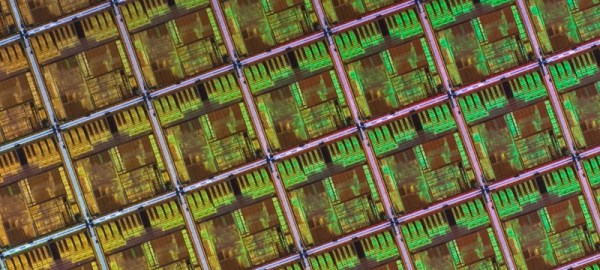Moore’s Law states the number of transistors on an integrated circuit will double about every two years. This law, coined by Intel and Fairchild founder [Gordon Moore] has been a truism since it’s introduction in 1965. Since the introduction of the Intel 4004 in 1971, to the Pentiums of 1993, and the Skylake processors introduced last month, the law has mostly held true.
The law, however, promises exponential growth in linear time. This is a promise that is ultimately unsustainable. This is not an article that considers the future roadblocks that will end [Moore]’s observation, but an article that says the expectations of Moore’s Law have already ended. It ended quietly, sometime around 2005, and we will never again see the time when transistor density, or faster processors, more capable graphics cards, and higher density memories will double in capability biannually.
Continue reading “Exponential Growth In Linear Time: The End Of Moore’s Law”












